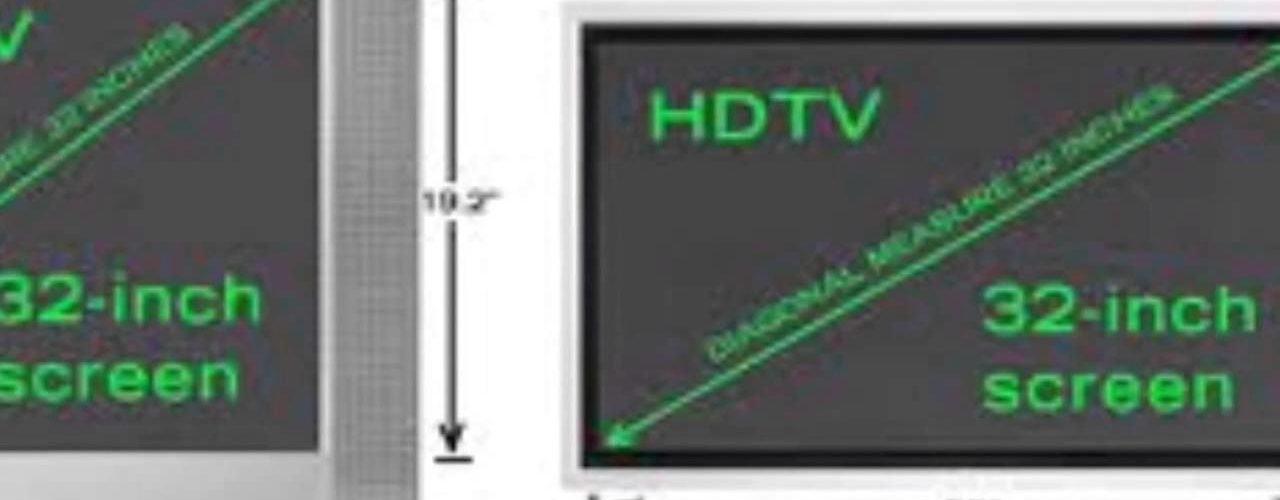Knowing the precise measurements of a flat screen TV is very important in determining where in your home to put it or even if the TV is the right size to purchase. TVs will often advertise or display the size of the screen area where the picture will be shown, rather than the total size of the TV. Often the cabinet where the screen is housed in will add as much as one or two more inches to the overall size of the display.
Measuring the height and width of a flat screen TV is simple. The standard and easiest way to measure TVs is diagonally. Just take a tape measure, or anything else available that can provide accurate measurements, and measure the TV from outside-corner to outside-corner at the edge of the cabinet, remembering to go diagonally and not just straight across. This method should be used regardless of whether the display is in widescreen 16:9 or 16:10 aspect ratios, or in the traditional and increasingly rare 4:3 “square” aspect ratio.
Another factor to consider when measuring a flat screen TV is the depth of the cabinet. Depending on the type of technology used for the TV, the depth may vary by inches. New LCD TVs that are back-lit with LEDs are typically very slim, so the depth is not much of a concern. But plasma and LCDs back-lit with CCFLs may have around a few inches of depth. It is important to note that the depth of a cabinet can get deeper the further away from the edge and towards the center it gets, depending on the technology used in the TV.
When measuring the depth, start at the edge of the cabinet on the screen side of the TV. Be careful to avoid any tools or your hands making contact the screen itself, as you could cause a scratch, leave unsightly finger prints, or cause other damage to the screen. Measure straight back, looking to see how far back the TV goes. If determining that visually is too difficult, try lining up a tall object to the back of the TV as a point of reference. Also, keep in mind it is better to overestimate the size than to underestimate it. In fact, a little extra space behind the TV will give it some extra air flow for the heat it produces to vent and it makes working with the wires in the back a little bit easier.
One more major factor in measuring a TV to consider is how it stands or is mounted. Some TVs may use some type of external base, stand, or wall mount. And some TVs may instead have a base as part of the cabinet design. There is no standard way to go about measuring the base or mount of the TV, as the designs can vary greatly between TVs. Always consider width, height, and depth of the mount or the base and how high or forward the TV is when attached to it, and leave extra room to allow you to make adjustments to how the TV is situated if you think you might want to make some changes in the future.



